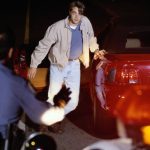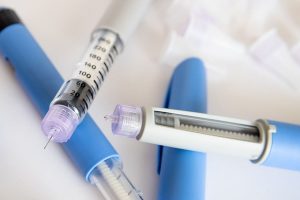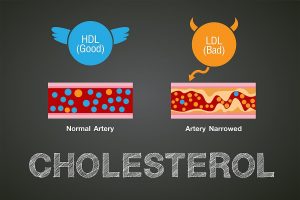
Be careful about what medications you take before you get behind the wheel. Most drugs won’t affect your ability to drive, but some prescription and over-the-counter (OTC) medicines can cause side effects that make it unsafe to drive, the U.S. Food and Drug Administration warns. Those side effects can include: sleepiness/drowsiness, blurred vision, dizziness, slowed movement, fainting, inability to focus or pay attention, nausea and excitability. Some medicines can affect your driving ability for just a short time after you take them, but the effects of others can last for several hours, or even into the next day. Some medicine labels warn to not operate heavy machinery when taking them, and this includes driving a car, the FDA said in a news release. There are a number of types of medications — or any combination of them — that can make it dangerous to drive or operate any type of vehicle whether a car, bus, train, plane or boat. These drugs include: opioid pain relievers; prescription drugs for anxiety (for example, benzodiazepines); antiseizure drugs (antiepileptic drugs); antipsychotic drugs; some antidepressants; products that contain codeine; some cold remedies and allergy products such as antihistamines (both prescription and OTC); sleeping pills; muscle relaxants; medicines to treat or control symptoms of diarrhea or motion sickness; diet pills; “stay awake” drugs, and other medications with stimulants (such as caffeine,… read on >



















-300x200.jpg)













